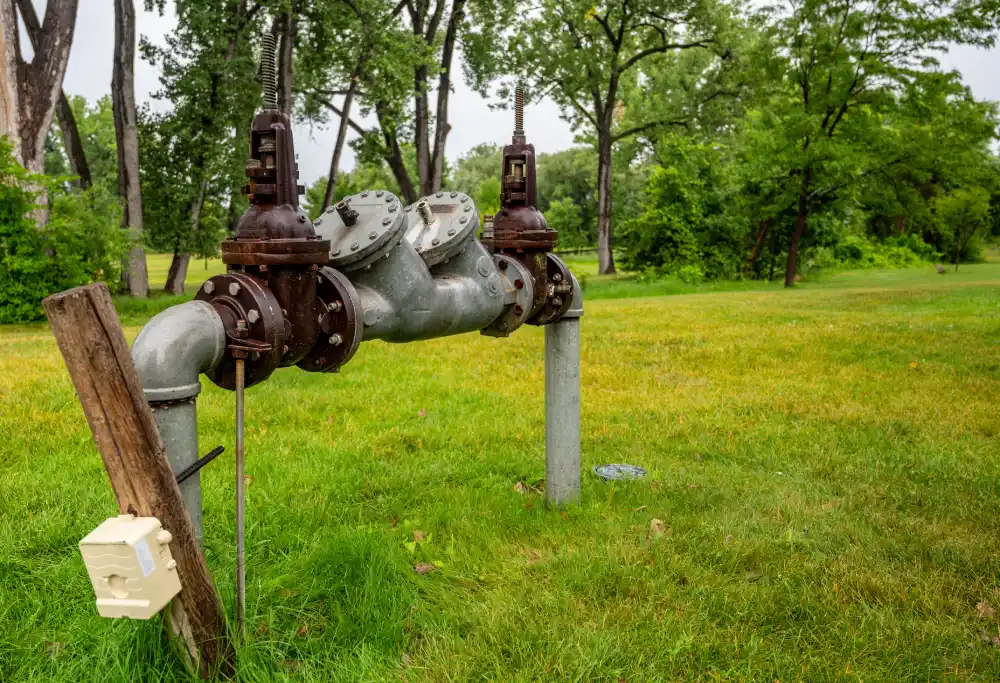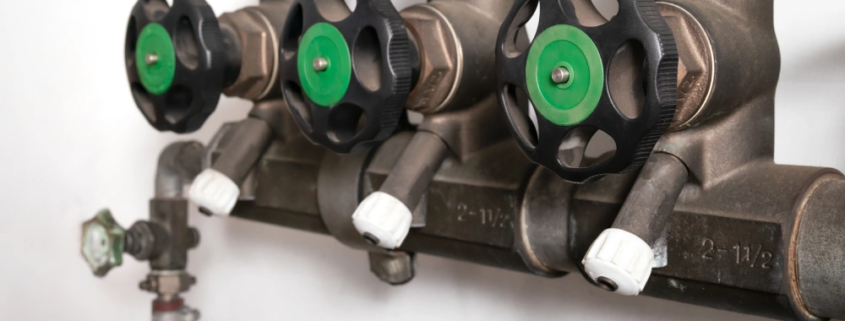TL;DR:
A backflow preventer protects your clean potable water supply. It works like a one-way gate, blocking dirty water from flowing back in. Regular testing and simple upkeep keep it reliable. Small checks prevent costly damage, poor water quality, and health risks. Fixing minor issues now saves bigger problems later.
- Backflow happens when water flows in reverse.
- A plumbing backflow preventer stops it.
- Pressure drops, hydrant use, or pipe repairs can trigger it.
- Regular testing keeps your water safe.
- Common problems include stuck valves, leaks, rust, and mineral buildup.
Imagine you fill a glass with crisp, cold water, trusting it’s safe to drink. You rarely think about what keeps your tap water clean, but hidden plumbing devices play a big role. One key guardian is the backflow preventer. This unsung hero stops contaminated water from sneaking into your home’s potable water supply.
If you own a home or a business, it’s worth knowing how a backflow preventer works. It protects your water from contamination, and with regular care, it saves you both money and stress. When you understand backflow preventers, you make smarter choices for your plumbing. That knowledge helps keep your water safe for everyone.
What Is Backflow and Why Is It a Problem?
Backflow means water moves opposite its normal path in your pipes. Instead of clean water flowing into your property, dirty water can slip back into your clean supply. This usually happens when pressure changes in the water system, such as:
- A big drop in city water pressure after a water main breaks.
- Firefighters taking a lot of water from a hydrant near your home.
- Sudden changes when plumbing repairs happen nearby.
Any of these can cause dirty water to flow backward. If that water carries lawn chemicals, bacteria, or sewage, your health could be at risk. A backflow valve stops dirty water from flowing backward. It blocks anything unsafe from mixing with your clean supply.

How Does a Backflow Preventer Work?
A plumbing backflow preventer works like a one-way gate. When water comes into your house, it moves past a back flow prevention valve. The valve only lets water through in the right direction. If water tries to reverse, the valve snaps shut and keeps it from moving back toward your clean potable water supply.
Most backflow prevention devices are installed in key spots, for example:
- On sprinkler or irrigation systems, which connect to outdoor faucets.
- Where your home’s plumbing connects to city water lines.
- In businesses using chemicals or cleaners that need special protection.
These valves don’t just stop water—they act as a barrier against anything harmful, from dirt to pesticides.
- What does a backflow preventer do? It keeps dirty water from ever reaching your tap.
- How does a backflow prevention device work? By shutting tight if water tries to flow backward, it guards your supply 24/7.
Why Regular Maintenance of Your Backflow Preventer Is Important
Just like a car or coffee maker, a backflow preventer needs regular checks. Small bits of sand, minerals, or even bugs can jam the parts. If the valve sticks or fails, it could let dirty water in before you even know it.
If you skip inspections, you risk:
- Water that smells odd or tastes bad.
- Having to replace pipes corroded by dirty water.
- Potential fines in areas where backflow preventer testing is required by law.
Some towns demand yearly backflow testing by certified pros. Even if that’s not the rule in your area, it’s smart to schedule a quick check. Make sure your back flow prevention valve seals tight and springs work right. Staying ahead of issues keeps your water safe and avoids surprises.
Common Backflow Preventer Problems
Stuck valve – prevents the device from closing, leaving your water supply unprotected. Cleaning or swapping out worn parts usually solves the issue.
Leaks – even small drips waste water and raise bills. Check seals and gaskets, and tighten connections before bigger problems develop.
Corrosion or rust – weakens the device and can cause total failure. Often needs professional servicing or full replacement.
Mineral scale buildup – deposits stop the valve from sealing. Flushing and descaling restore proper function and keep water safe.
Protect Your Home by Maintaining Your Backflow Preventer
A backflow preventer may be small, but it plays a vital role in protecting your water and your health. By stopping contaminants before they ever reach your tap, it keeps your household or business supply clean and reliable.
Like any piece of plumbing equipment, though, it only works if it’s cared for. Regular testing keeps your backflow preventer working as it should. Cleaning and quick repairs stop costly damage, poor water quality, and even fines where yearly checks are required.
Not sure when your system was last inspected? Or if you even have a preventer installed? Find out now before problems show up. Staying ahead of maintenance keeps your water safe and gives you peace of mind.
Learn more about our backflow installation and inspection repair services here.







Leave a Reply
Want to join the discussion?Feel free to contribute!